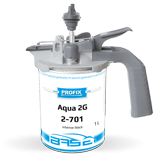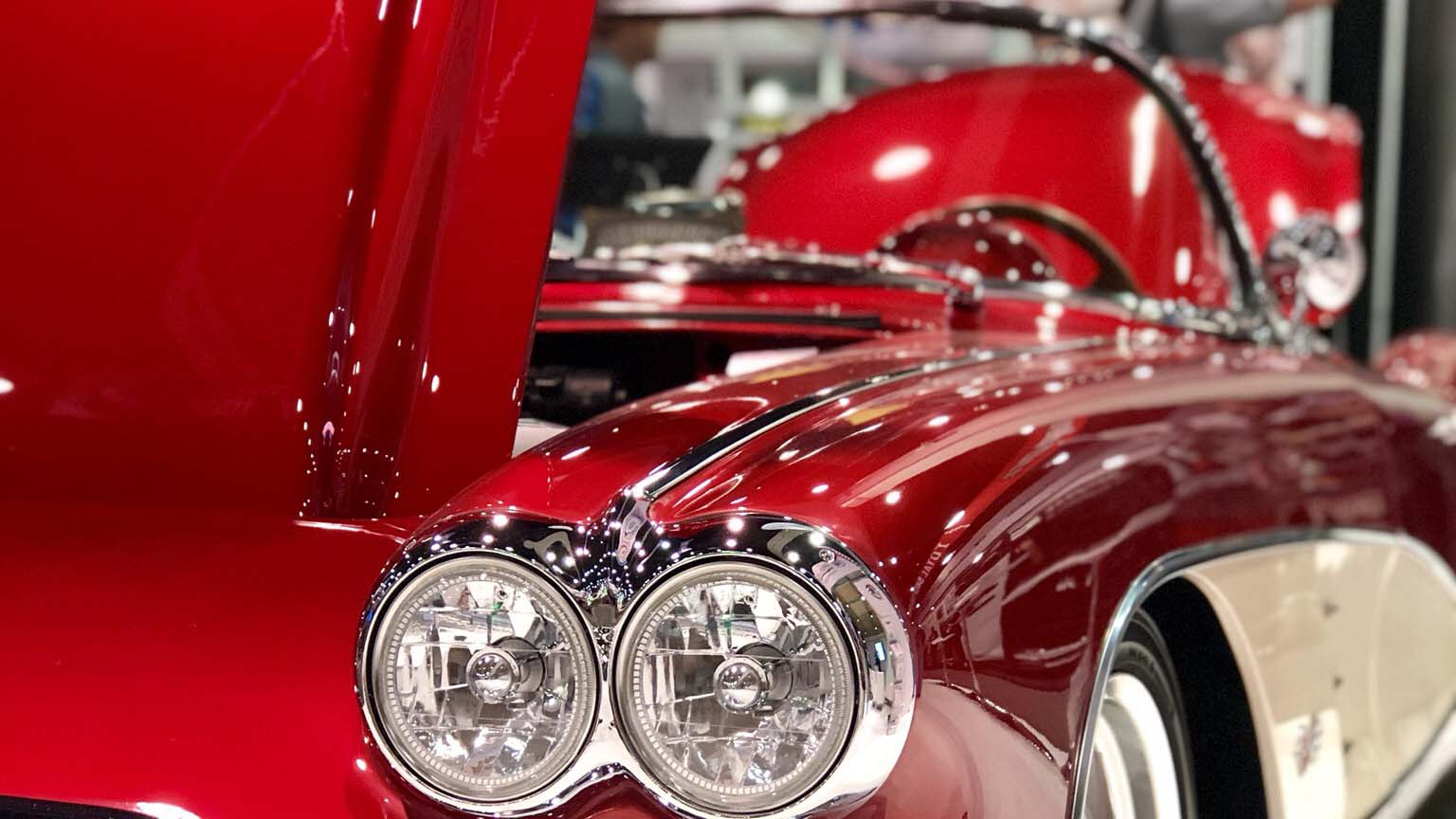Recently added
Most read
Why use the water-soluble lacquers, when the conventional ones are available?
The secret of efficiency in waterborne car paints
The secret of efficiency in waterborne car paints
Considering the choice of waterborne base paint, the efficiency and speed of painting is the foremost concern. The time that needed to paint the selected element depends to a large extent on the lacquer output. The amount of applied layers to get full coverage depends not only on the chosen color, but also - which is often overlooked - from the properly prepared substrate. The substrate quality can strongly influence the final result.
This is of particular importance in the case of waterborne paints. As we know there is a difference in the way of applying waterborne lacquer (Aqua 2G) and conventional one. Water-based paints need more time to evaporate water. During the work of sprayer there is a significant difference in the strength of the water base covering depending on the substrate. This is due to the structure and properties of the products used.
Evenly distributing the layers on the painted element depends on the wetting ability of the coated surface by the waterborne paint. At this point - wettability and wetting angle terms appear These two parameters affect, in the case of paints, the covering power and quality of the resulting coating. The larger the wetting angle is, the worse the wettability of the painted element becomes which results in worse covering degree.
To cut to the chase, primer quality is essential. The structure of the substrate after the application of the primer paint is not always perfectly smooth and even worse it may contain impurities, like grease which impede the wetting and thus deteriorate the covering power. Therefore, it is very important to use the right and proven products and to rely on correct surface preparation before painting.
The most popular method of surface preparation is to practise acrylic primer right on the putty. Such technology is popular within painters because of the short application time. However, one should not forget here about the appropriate corrosion protection coating. We can use an additional layer of epoxy primer - but this will increase the time and cost of repair.
If we apply a suitable acrylic primer containing anticorrosive ingredients (e.g. CP 365 Express by Profix), we not only care about rebuilding the corrosion coating, but repair time is significantly shorten. Combined with the wet-on-wet technique, the entire process of painting the repaired element is reduced to the minimum.
The proper primer has a great impact on the final color of the coating. Choosing a good quality primer guarantees accurate color reproduction and reduces repair time.









